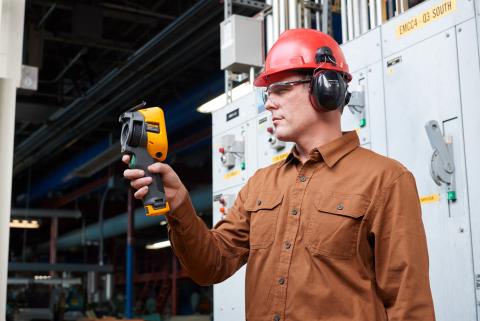Thermal cameras are profoundly useful devices. In the 2020s as the way in which we live and work daily becomes even more complex, having immensely useful tools has never been so important – but so too knowing how to use them. It’s why now is a good time to look at the capabilities of thermal cameras, and in particular useful tips for how to utilise them properly when taking thermal images.
Recognising What a Thermal Camera Can and Cannot Provide Imagery For
At the outset, it’s necessary to note an important distinction that is often a source of confusion among the general public when it comes to thermal cameras, in turn, a potential source of frustration for a thermal camera user when it comes to trying to take thermal images. Oftentimes, the capabilities of a thermal camera and a night vision device are wrongly regarded as one and the same, and – while there is indeed some overlap in the capabilities of each device – ultimately night vision devices will not be able to provide imagery reliant upon detecting emitting heat sources as thermal cameras can, and the reverse applies to thermal cameras as they can provide thermal images (including at night) but not imagery at night of sources not emitting heat. Understanding this contrast is critical to understanding the capabilities of thermal cameras, and the pursuit of good thermal imagery.
Ensure a Precision Approach When it Comes to Focus
Many thermal imagery tasks are unfortunately ruined due to the failure of the operator to correctly calibrate the thermal camera when it comes to its focus settings. Accordingly, before acquiring a thermal camera for the first time, it’s important to know the fundamental in and outs of the different types of focus settings available out there on the market. Namely, these are fixed focus, autofocus, and manual focus. For beginners, autofocus can be the best option to utilise as it automates a number of settings which makes it easy for a beginner to use a thermal camera, but certainly, with time there’s the capacity for fixed and manual focus settings to be used in a very beneficial way by an experienced operator.
Overcoming Lighting Challenges
Because thermal cameras deal with a different range of light than a typical camera, the challenges of using them can be far greater – and very much feel so initially for someone who isn’t an experienced user. Fortunately, there are a couple of simple but effective tips which can greatly aid in overcoming some standard lighting issues. Turning the camera to grayscale is one way in which to do so. Additionally, even the simple act of just ensuring the camera is held still when being used can offer great benefits in this regard.
Conclusion
Using a thermal camera effectively requires an understanding of what tips can be used to utilise it most efficiently. As detailed here, understanding what a thermal camera can and cannot do is critical. Additionally, ensuring a precision approach when it comes to focusing is essential. Finally, understanding lighting challenges – and some ways to overcome them – is very important too. With this foundation in place, it’s possible to start using a thermal camera with some real confidence surrounding the ability to rapidly build skills and expertise in its use.



